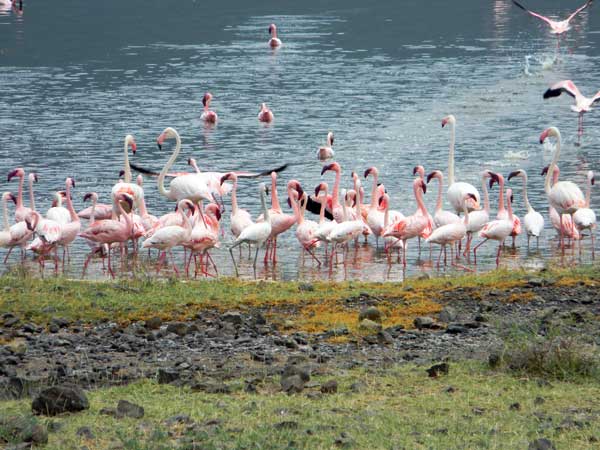
Flamingoes at Lake Bogoria, Rift Valley, Kenya. Oct. 2010.
Flora and Fauna:
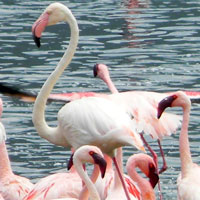
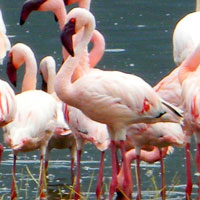
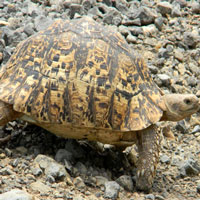
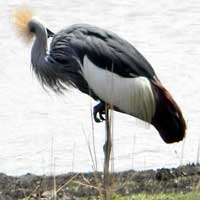
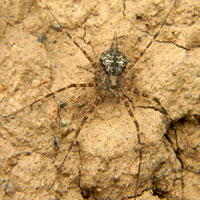
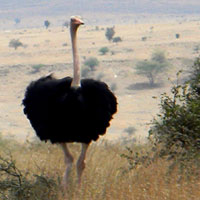
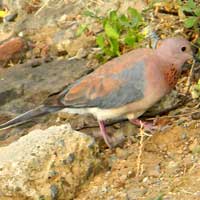
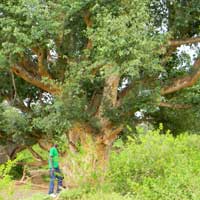
A string of mostly alkaline, land-locked lakes, stretches from Lake Turkana in northwestern Kenya to Lake Natron on the border with Tanzania. Lake Bogoria is the most active geologically with numerous hot springs that occasionally erupt as geysers. Without outflow or large amounts of fresh water from rivers the water has high levels of salts and alkaline minerals. Lake Bogoria is too alkaline for fish, but ideal for growth of filamentous blue-gree algae, which is the basis for the food chain supporting large numbers of brine flies and flamingoes. Protection of the scrub and savanna habitat all around the lake supports populations of birds and mammals.
Flora and Fauna (Thumb Links)
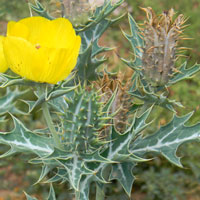
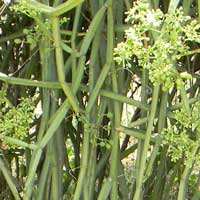
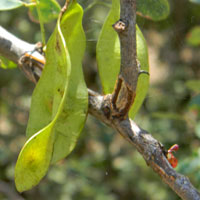
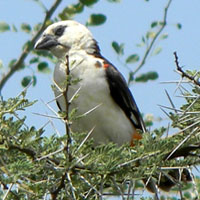
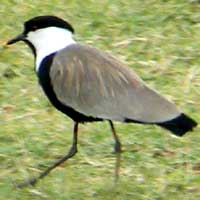
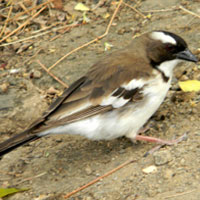
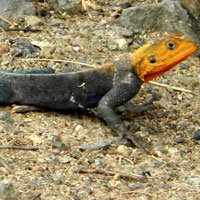
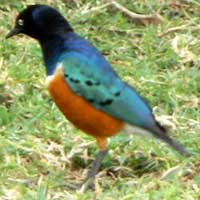
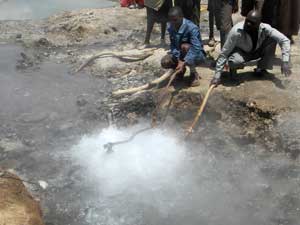
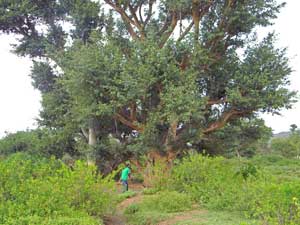
Boiling water emerges from a spring near the edge of Lake Bogoria. School children are boiling eggs while standing dangerously close. Grand fig trees in the perimeter wooded areas offer habitat for birds and primates.